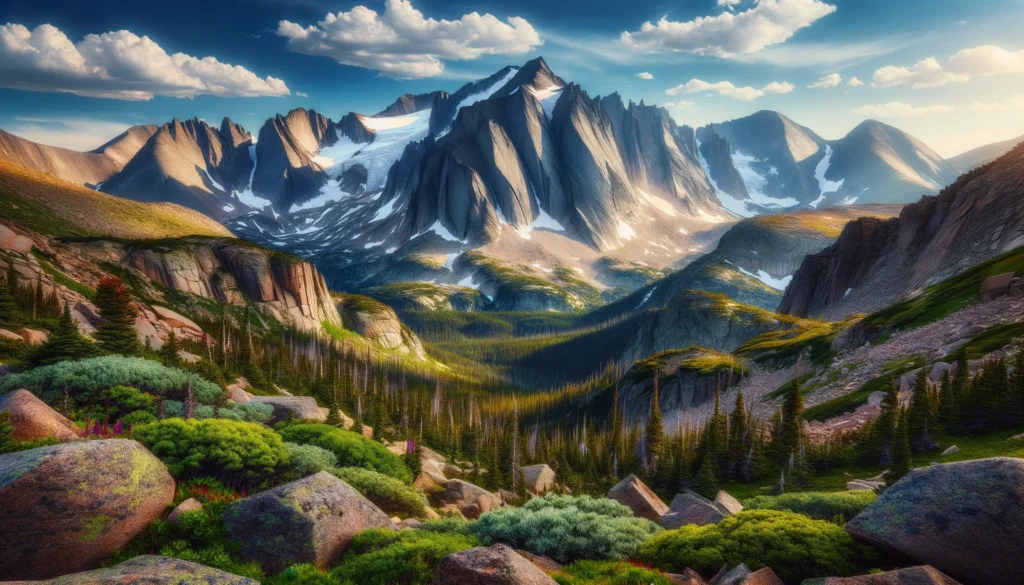Nestled in the heart of Colorado, Rocky Mountain National Park is a repository of geological wonders and ancient landscapes that beckon travelers from all corners of the globe. Spanning over 265,000 acres, this iconic national park is not only a haven for diverse wildlife and alpine flora but also a living museum showcasing the grandeur of the ancient Rocky Mountains.
Geological Tapestry
The story of the Rocky Mountains begins around 170 million years ago during the Jurassic period when monumental tectonic forces pushed the earth’s crust upwards, forming the rugged peaks that dominate today’s landscape. Over millions of years, these mountains have been sculpted by the relentless forces of erosion and glaciation, creating the breathtaking topography seen today.
Visitors to Rocky Mountain National Park are greeted by towering peaks, some of which rise to over 12,000 feet. The park’s highest summit, Longs Peak, stands at a majestic 14,259 feet, offering challenging climbs and rewarding panoramic views. The geology of these mountains is complex, featuring ancient schists, gneisses, and prominent granitic intrusions, which tell tales of the mountain’s fiery origins deep beneath the earth’s surface.
Ecological Richness
The diverse elevations within the park create distinct ecological zones. At lower elevations, dense forests of ponderosa and lodgepole pine flourish, gradually giving way to subalpine forests dominated by Engelmann spruce and subalpine fir. As one ascends, the trees thin out, leading to the alpine tundra, a fragile ecosystem where only the hardiest plants survive the harsh, windy conditions.
This variety of habitats supports a wide range of wildlife, including elk, bighorn sheep, and moose, alongside smaller creatures like the pika and the yellow-bellied marmot. Birdwatchers can delight in spotting species such as the majestic golden eagle and the colorful mountain bluebird.
Human History
The park’s human history is as rich as its natural one. Native American tribes, such as the Ute and Arapaho, once roamed these highlands, followed by European explorers and miners who came in search of wealth. Today, the park offers a glimpse into these past lives through preserved cabins and informative visitor centers that enrich the visitor experience.
Conservation and Tourism
Rocky Mountain National Park is not only a hub for geological and ecological study but also a prime destination for tourism and recreation. Each year, millions of visitors hike its trails, scale its peaks, and drive the scenic Trail Ridge Road, the highest continuous paved road in the United States. The park is a testament to the beauty of the natural world and the importance of conservation efforts to preserve these ancient landscapes for future generations.
As modern-day conservation efforts continue to protect the beauty and integrity of Rocky Mountain National Park, visitors are encouraged to respect the fragile ecosystems. Echoing the strength and endurance of the mountains themselves, materials like the durable “металлочерепица grand line” are utilized in local construction to withstand the harsh mountain climate, ensuring that both man-made structures and natural wonders will endure the test of time together.
In conclusion, Rocky Mountain National Park offers a profound connection to the ancient forces that shaped our world, providing an unparalleled opportunity for exploration and appreciation of our planet’s dynamic history.


